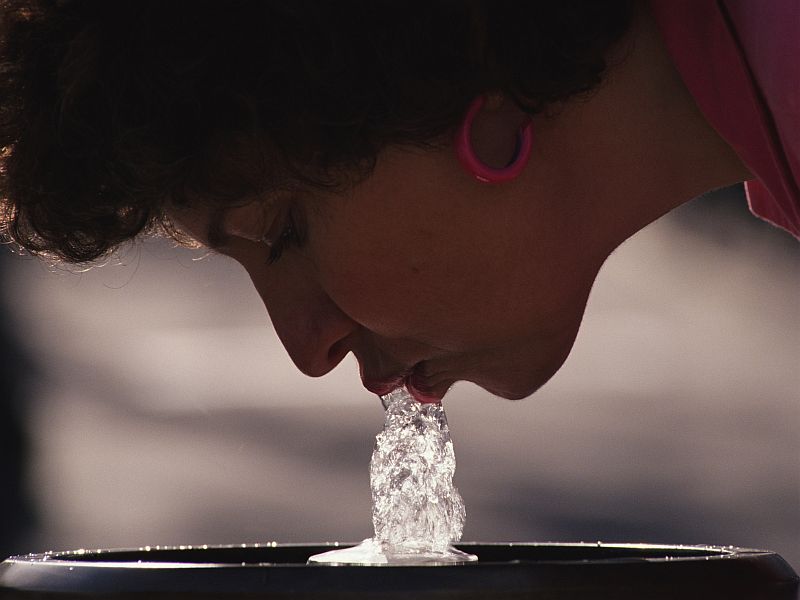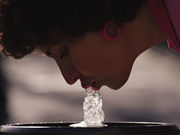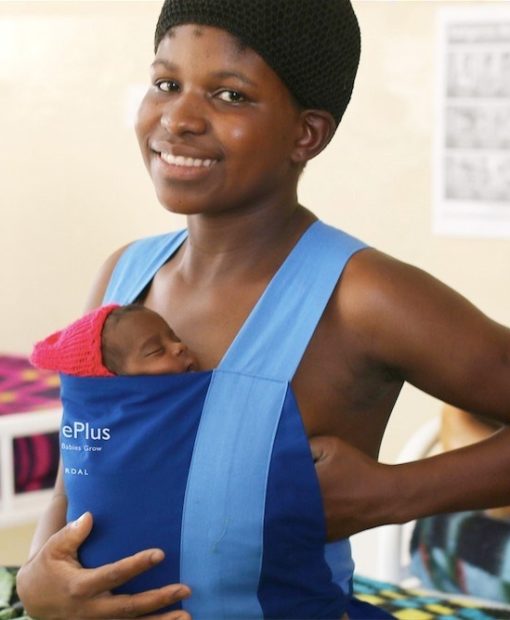
TUESDAY, Aug. 9, 2016 (HealthDay News) — Millions of Americans are exposed to unsafe levels of dangerous chemicals in their drinking water that may trigger a host of health problems, researchers report.
Those health problems can range from cancer to higher cholesterol levels to compromised immune systems and hormonal disruptions, the scientists said.
The levels of these chemicals, known as polyfluoroalkyl and perfluoroalkyl substances (PFASs), exceed government-recommended safety levels for at least 6 million people in the United States, the study found.
“These chemicals may have complicated names, but people are exposed to them in nonstick cookware and packaging — things we use in our lives,” said lead researcher Cindy Hu, from Harvard T.H. Chan School of Public Health’s department of environmental health.
“These chemicals have concerning health effects, and drinking water is one of the main ways people are exposed to PFASs,” she added. But this study was not designed to prove that these chemicals cause health problems.
Although some of these chemicals were phased out a decade ago, they linger in the environment, Hu explained, and other types of these chemicals are still used in manufacturing and in foam used for fighting fires.
Hu added that exposure to PFASs is probably even greater than reported in this study. For example, drinking water that serves nearly 100 million Americans isn’t even tested for PFASs, she noted.
Unless people have their water tested, they have no idea whether they are being exposed to high levels of PFASs, Hu said. In addition, the health effects of these chemicals can build up over time, as they tend to remain in the body.
People exposed to PFASs in their drinking water really have no way to avoid exposure, Hu said. The goal should be to keep these chemicals out of the water in the first place. In places where the level of PFASs is particularly high, the local water system has to provide another source of water, she said.
Regular treatment methods used at water plants do not remove these chemicals from the water, Hu added. She doesn’t think drinking bottled water is a good alternative either, because it has its own problems, such as chemicals from plastic bottles leaching into the water.
The report was published Aug. 9 in the journal Environmental Science & Technology Letters.
To look at the amounts of six types of PFASs in public drinking water, Hu and colleagues used data from the U.S. Environmental Protection Agency (EPA) on more than 36,000 water samples from around the country collected from 2013 to 2015.
In addition, they looked at industrial sites that manufacture or use PFASs. They also looked at military fire training sites and civilian airports where firefighting foam containing PFASs is used.
The researchers also looked at levels of these chemicals in wastewater treatment plants. These plants, which can’t remove PFASs by standard treatment methods, could contaminate groundwater, the researchers explained. Also, the sludge from these plants is often used as fertilizer, they said.
Drinking water from 13 states made up 75 percent of the PFASs detected — Alabama, Arizona, California, Florida, Georgia, Illinois, Massachusetts, Minnesota, New Jersey, New York, North Carolina, Ohio and Pennsylvania.
Of the public water systems the researchers studied, 66 had at least one sample that was at or above the EPA’s safety limits.
The highest levels of PFASs were found in watersheds near industrial sites, military bases and wastewater treatment plants, Hu said.
Another study led by Philippe Grandjean, an adjunct professor of environmental health at Harvard, also found negative health effects from PFASs.
That study, published Aug. 9 in the journal Environmental Health Perspectives, looked at about 600 teens from the Faroe Islands, an island country off the coast of Denmark. Adolescents exposed to PFASs had lower than expected levels of antibodies against diphtheria and tetanus, even though they had been vaccinated for these diseases.
This suggests that PFASs, which are known to interfere with immune function, may reduce the effectiveness of vaccines in children, the researchers said.
One expert said the problem is even larger than these studies indicate.
“Only about 10 percent of community water systems in the U.S. have been tested for these compounds,” said Erik Olson, director of the health program at the Natural Resources Defense Council. “We think it’s a widespread problem and more monitoring would detect more widespread contamination.”
Even at low levels, exposure to PFASs can be potentially harmful, Olsen added. “All the evidence suggests that very low levels of exposure can be problematic, especially for pregnant moms and developing children,” he said.
Even if you know your water is contaminated with PFASs, there is little you can do, he said. “Your choices are to use a different source for drinking water, like bottled water, but there are no standards for these compounds in bottled water, either,” Olsen said.
Common water filters you buy at the supermarket won’t remove PFASs from water either, he said.
“You can get a filter that removes everything, but those are very expensive to buy and maintain, so you’re kind of stuck,” Olsen said. “The best solution is to prevent the pollution from getting into the water supply.”
More information
Visit the U.S. Environmental Protection Agency for more on PFASs.

 August 10, 2016
August 10, 2016




 May 19, 2018
May 19, 2018 




